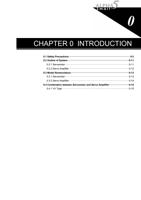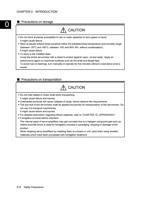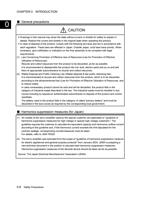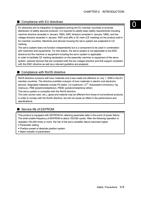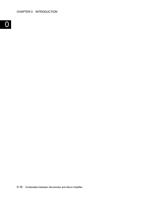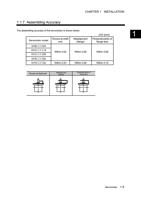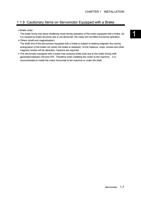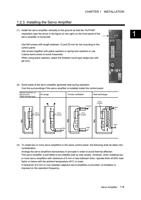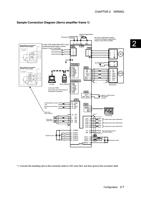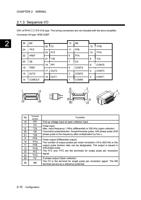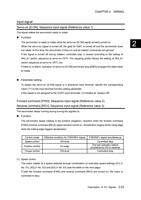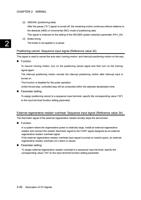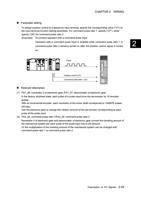
CHAPTER 2 WIRING
To perform homing, use up positive over-travel [+OT] and negative over-travel [-OT] signals to assure
safety.
A
B
-OT
LS
Homing direction
+OT
2
Detection of over-travel signal
If homing is started from position A in the figure above, the home position LS is detected and
stoppage is caused.
If homing is started from position B in the figure above, the +OT signal is detected. In this case,
the following motions follow.
(6) Upon detection of +OT, controlled stop is caused according to deceleration time at OT
during homing PA2_18.
(7) A reverse travel begins at the homing speed.
(8) Upon detection of the home position LS, controlled stop is caused. Then the procedure (1)
to (5) described above is executed.
Starting direction for homing (PA2_08)
If homing is executed from B in the figure above, the distance to +OT must be traveled in a round
trip and therefore much time is taken.
If homing is set to negative starting direction, the home position LS will be detected first.
Reverse traveling unit amount for homing (PA2_09)
If homing is executed from B in the figure above, the distance to +OT must be traveled in a round
trip and therefore much time is taken.
If the reverse traveling unit amount for homing is specified, the next action is performed at the
start of homing.
(9) A travel occurs first at the homing speed by the reverse traveling unit amount for homing.
Thereafter the motion (1) to (5) described above is executed.
Reference signal for shift operation (PA2_11)
In regular cases, a travel occurs by the home position shift unit amount in reference to the
encoder Z-phase signal. Stoppage is caused at an accuracy of a single encoder pulse. If the
Z-phase is not used positively due to a reduction ratio of 2 or similar, the home position LS can
be made the standard.
If the moving range is extremely narrow to install a home position LS signal, the +OT and -OT
signals can be referred as the standard.
If a quick response sensor is used instead of the Z-phase of the encoder, the interrupt input
signal can be applied.
Description of I/O Signals 2-27




















